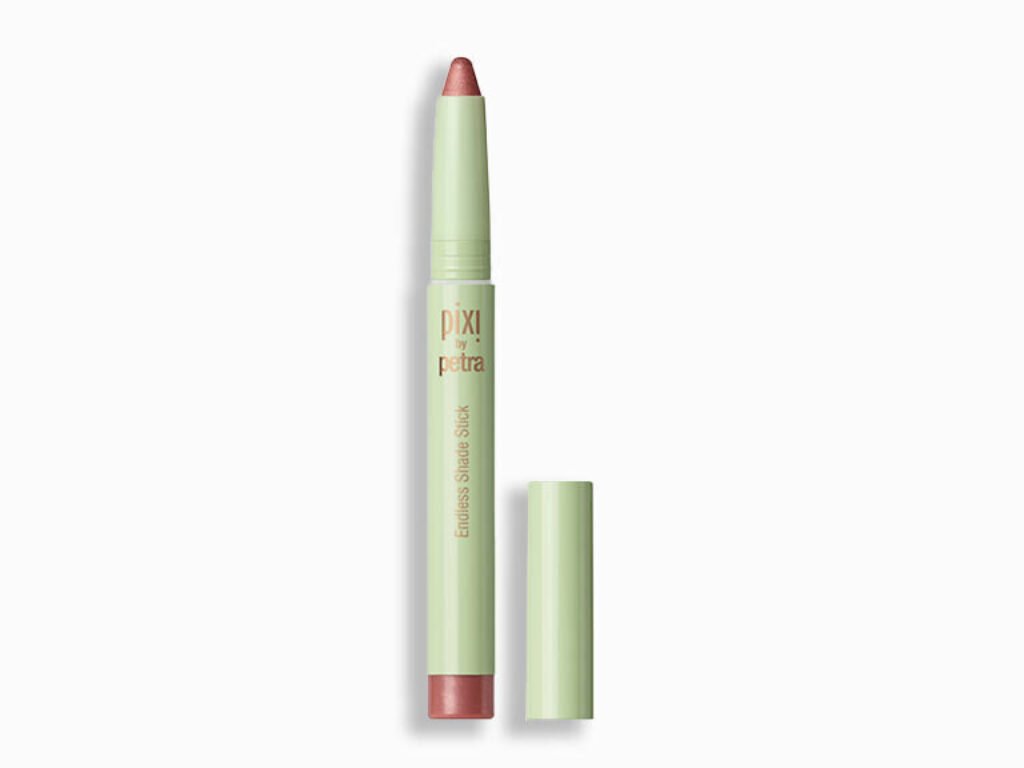Now Reading: Beauty products and cancer: Are you at risk?
-
01
Beauty products and cancer: Are you at risk?

Beauty products and cancer: Are you at risk?
What to know about carcinogens and endocrine disruptors in personal care products
Personal care and beauty products often contain dozens of ingredients that help a product do its job, extend its shelf life and give it a certain texture, color or smell. But could the products you use to get clean have a dirty side?
Often, products don’t contain large amounts of a single chemical. But, because of how commonly they are found in products, you could be exposed to hundreds of them per day. The Food and Drug Administration (FDA) and the Department of Agriculture (USDA) require studies on some of these chemicals. However, researchers are still learning how these chemicals affect the body over a long period of time and in different combinations. There is limited scientific knowledge and safety data on how the ingredients in personal care products affect our bodies in the combinations in which we use them and over a lifetime.
Here are a few examples of products and processes that may have health risks.
Formaldehyde in hair straightening products
Many hair smoothing or straightening products release a type of carcinogen called formaldehyde gas into the air when they are heated, according to the FDA.
It lists that long-term risks of formaldehyde exposure include:
- Headaches
- Asthma
- Contact dermatitis
- Possibly cancer
“The greater the exposure to products that contain formaldehyde in terms of both length of time and concentration, the higher the potential health risks,” the FDA website says.
To see if a hair straightening product contains formaldehyde or will release formaldehyde gas when used, the agency recommends scanning product labels for the following ingredients:
- Formaldehyde
- Formalin
- Methylene glycol
1,4-Dioxane
Another potential carcinogen that has been found in some beauty products in “extremely small amounts” is 1,4-Dioxane. It isn’t intentionally added to products, but instead a byproduct of manufacturing some detergents, foaming agents, emulsifiers and solvents, the FDA writes.
The agency writes that the 1,4-Dioxane levels they have detected in cosmetic products have decreased over time. The FDA has proposed changes to manufacturing processes to further decrease these levels. FDA research has also shown that 1,4-Dioxane evaporates, which limits how much the skin absorbs.
To find products that may contain 1,4-Dioxane, the FDA recommends looking for the following phrases on ingredient labels:
- PEG
- Polyethylene
- Polyethylene glycol
- Polyoxyethylene
- Words that include ‘-eth-’ or ‘-oxynol-’
Endocrine disruptors
Other personal care product ingredients are endocrine disruptors, or substances that change how the body’s hormonal system functions. Endocrine disruptors can influence estrogen, progesterone and testosterone levels.
Examples of endocrine-disrupting chemicals found in personal care products include:
- Phthalates
- Parabens
- Benzene
- Bisphenol A (BPA)
- Bisphenol S (BPS)
Endocrine disruptors are problematic in cancer because many cancers are hormonally driven, including breast, ovarian and prostate cancer. We’re still learning exactly how exposure to endocrine disruptors affects our health and cancer risk.
4 tips for choosing cleaner personal care products
Your personal care decisions impact more than your grooming routine. They also shape the future of the industry. Your purchases show manufacturers what you’d like to see more of and what you aren’t willing to buy. Use these tips to limit the harmful chemicals in your personal care or beauty routine.
1. Be wary of products with fragrance
It can be overwhelming to overhaul your personal care routine. If you’re not sure where to start, I recommend following your nose. If a product has a strong scent, that is a warning sign that it may contain an endocrine disruptor.
While scents can come from natural sources, they can also be created by a combination of toxic chemicals. So, how can you tell the difference? Check a product’s label for the word ‘fragrance.’ This single word can be a catch-all for dozens of chemicals. And, because they are often included in tiny amounts compared to the total amount of product, each chemical doesn’t need to be individually listed.
If you prefer scented products, opt for natural fragrance sources such as essential oils rather than products that only list ‘fragrance.’
2. Check the ingredients label
Sometimes, identifying a chemical in a personal care product is as easy as flipping it over and reading its ingredients label. Look out for the endocrine disruptors listed above and make note of any other ingredients you don’t recognize. When in doubt, choose the product that has ingredients that are all recognizable to you.
Don’t skip this step just because a product is labeled as clean or free of certain ingredients. For example, many beauty products are now being made without phthalates and parabens. But even if a product is labeled as “phthalate-free” or “paraben-free,” it’s still important to read the label and make sure it doesn’t contain anything equally harmful.
3. Vet your products using trusted resources
Of course, looking up each ingredient in a product can be time-consuming. Instead, I recommend turning to governmental and educational resources for advice.
When you are looking for reputable information online, seek out sites that end in ‘.edu’ or ‘.org’ rather than ‘.com’ sites, which often sell products.
RELATED: How to find trustworthy cancer information online
There are even websites and apps that allow you to scan a product’s barcode to learn more about its ingredients and see how they score compared to other products. You can find these apps by searching “beauty product scanner.”
4. Focus on making small changes to your routine
It can be tempting to think that only being exposed to small amounts of chemicals in beauty and personal care products is no big deal. But a harmful chemical is a harmful chemical, no matter the dose.
It’s important to be mindful of your exposure to chemicals at all ages, but especially during adolescence when the body is growing rapidly and cells can grow out of control. So, as we continue researching how environmental exposures affect cancer outcomes, don’t underestimate the importance of small changes to your environment.
It can help to know your ‘why.’ If you have cancer, your ‘why’ might be the desire to have all your biological resources helping to control the cancer: you want your liver to function well to process chemotherapy and targeted therapies, and your kidneys working to filter blood effectively. If your body is also processing toxic chemicals, that makes these jobs harder.
Instead, try to find alternatives. This will look different for everyone. Maybe it means choosing to wear makeup on weekends instead of every day, getting your nails done less frequently or switching to a cleaner product when you need a refill. Ultimately, the less you can expose yourself to harmful chemicals in your products, the better.
Request an appointment at MD Anderson online or call 1-877-632-6789.











